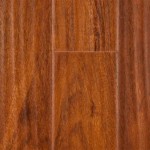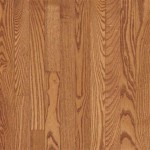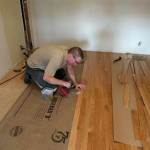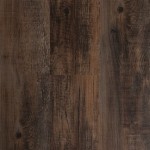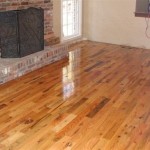Essential Aspects of Weight Lifting Flooring
Weight lifting flooring plays a crucial role in providing a safe, stable, and comfortable surface for training. Choosing the right flooring can not only enhance your workout experience but also protect your equipment and reduce the risk of injuries. Understanding the essential aspects of weight lifting flooring is vital for selecting an effective and durable flooring solution that meets your specific needs.
Key Features
Durability: Weight lifting flooring should be able to withstand heavy weights, repetitive impact, and wear and tear. It must be resistant to cracking, tearing, and deformation.
Shock Absorption: Adequate shock absorption helps reduce impact on your joints and protects your equipment from damage. Look for flooring with a combination of impact-absorbing materials and cushioning layers.
Slip Resistance: Floor surfaces should provide excellent grip, even when wet or covered in chalk. Anti-slip properties ensure a stable and secure footing during weightlifting exercises.
Noise Reduction: Weight lifting can generate noise and vibrations. Flooring with sound-absorbing properties helps reduce noise levels and minimizes disturbances to others.
Types of Flooring
Rubber Tiles: Known for their durability, shock absorption, and slip resistance, rubber tiles are a popular choice for weightlifting areas. They come in various thicknesses and colors, allowing for customization.
Plywood with Rubber Coating: Plywood topped with a rubber coating provides a sturdy base with enhanced impact absorption. This flooring option offers both durability and cost-effectiveness.
Foam Tiles: Foam tiles are lightweight, easy to install, and have excellent shock absorption. However, they may not be as durable as other types of flooring under heavy weights.
Interlocking Tiles: Interlocking tiles are designed to snap together, providing a quick and convenient installation process. They offer durability and shock absorption similar to rubber tiles.
Thickness and Underlayment
The thickness of your weight lifting flooring depends on the intensity and type of exercises you perform. For heavy lifting, consider flooring with a thickness of at least 8mm. An underlayment layer beneath the flooring can further enhance shock absorption and noise reduction.
Maintenance and Installation
Proper maintenance is essential to extend the lifespan of your weight lifting flooring. Regular cleaning and occasional deep cleaning help remove dirt and debris. Professional installation is recommended to ensure proper fit and alignment.
Conclusion
Selecting the right weight lifting flooring involves considering durability, shock absorption, slip resistance, noise reduction, and thickness. By understanding these essential aspects, you can choose the best flooring solution for your needs, providing a safe, supportive, and effective training environment.

Weightlifting Flooring What To Look For When You Need It

How To Build A Weightlifting Platform By Greg Everett Equipment Catalyst Athletics Olympic

Weightlifting Platform Lifting Station Sprung Gym Flooring

How To Build A Weightlifting Platform The Art Of Manliness

Interlocking Anti Fatigue Gym Rubber Flooring Mat Weight Lifting For Exercise Room China Sheet Safety Made In Com

Best Gym Flooring Types

Gym Floor Mats Flooring And Weight Room Notrax

Heavy Duty Weight Lifting Mats Free Delivery First

Home Gym Flooring Commercial

20mm Sprung Rubber Heavy Duty Gym Tiles Flooring
Related Posts


